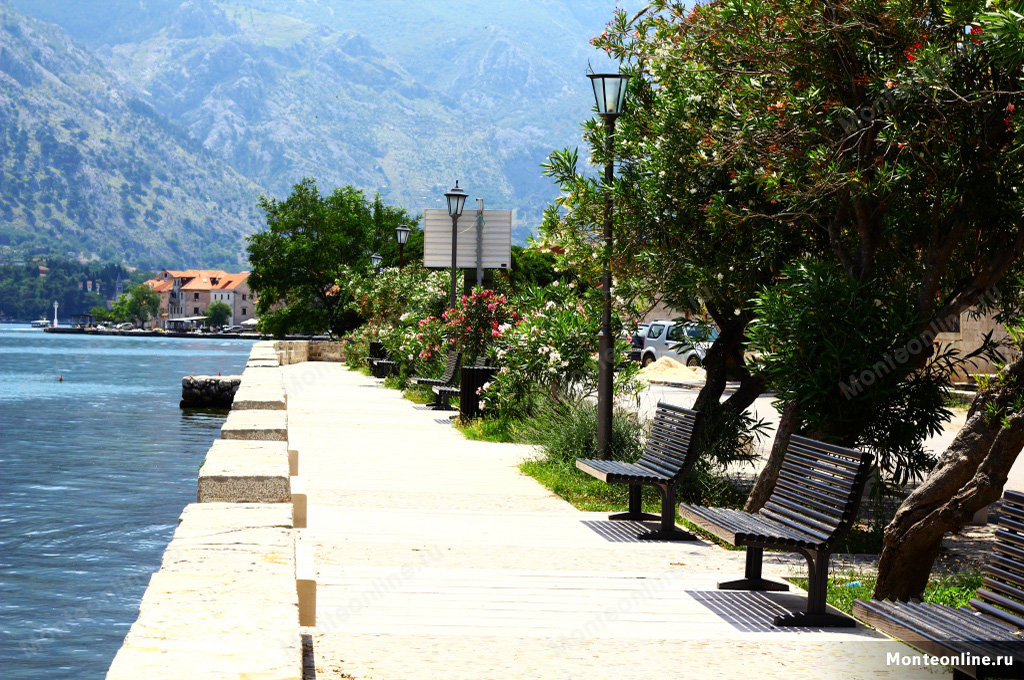Moving on from Kotor! Leaving behind Muo, which we told you about in our last article, immediately behind it is the village of Prcanj. It is much larger than its neighbor, and is also rich in history and sights and legends.
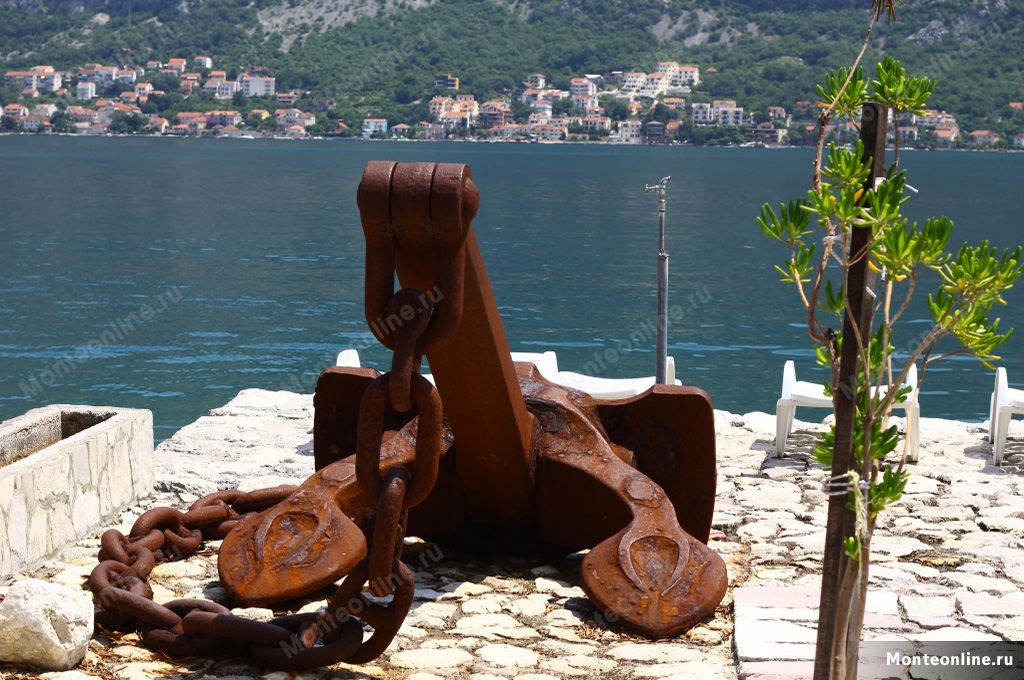
During the period of the Venetian possession of Boka, Prcanj (called Perzagno in those days) reached its peak and became famous for its fast sailboats. At the end of the 16th century, the Venetians drew attention to one interesting feature: sailboats made at the local shipyard reached Venice faster than any others. It was then that the decision was made to accept the Prchansk sailors into the service of delivering the Venetian mail. This important and honorable function was confirmed by a decree of 1625, which put Prcanj in a privileged position - local residents were exempted from other taxes.
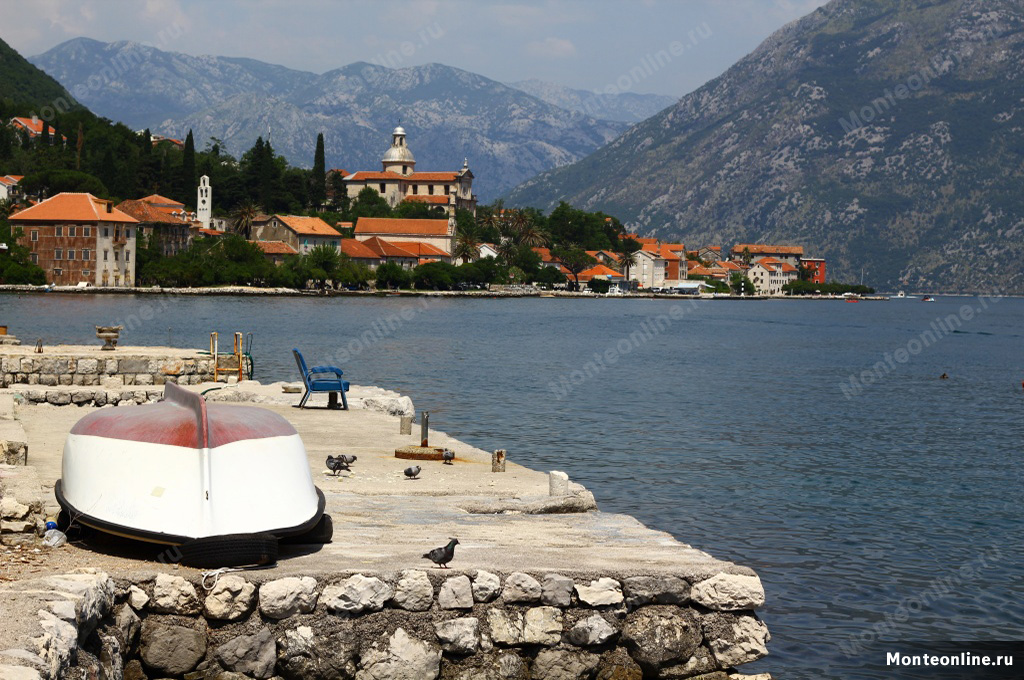
Having grown rich in shipping and trade, the locals founded an incredibly huge (by local scale) temple dedicated to the Nativity of the Virgin at the end of the 18th century. However, its construction continued for the next 120 years! Now it is quite easy to find the temple - it rises above the rest of the buildings in the very center of the village. And a rather impressive staircase leads up to the entrance, climbing which you can see a collection of busts of prominent people of this region, such as Ivan Vizin, a native of Prcanj, and a navigator who was the first among the Yugoslav peoples to circumnavigate the world.

To support the main occupation of the inhabitants of the city in Prcanj, a naval school was even founded. The decline of the glorious maritime history of the city was caused by the transition to steam ships at the end of the 19th century. The sailboats of the Prcanj flotilla could no longer compete with modern European ships. With the loss of this source of income, the city stopped its rapid development and moved to the periphery of the Mediterranean economy.

Now Prcanj is a favorite vacation spot for Russians and Europeans. The surrounding climate is considered beneficial for the treatment of many diseases - the sea air here, rich in ozone, iodine ions and essential oils, helps with diseases of the respiratory system, heart and musculoskeletal system, people also come here to treat neurological and rheumatic diseases.
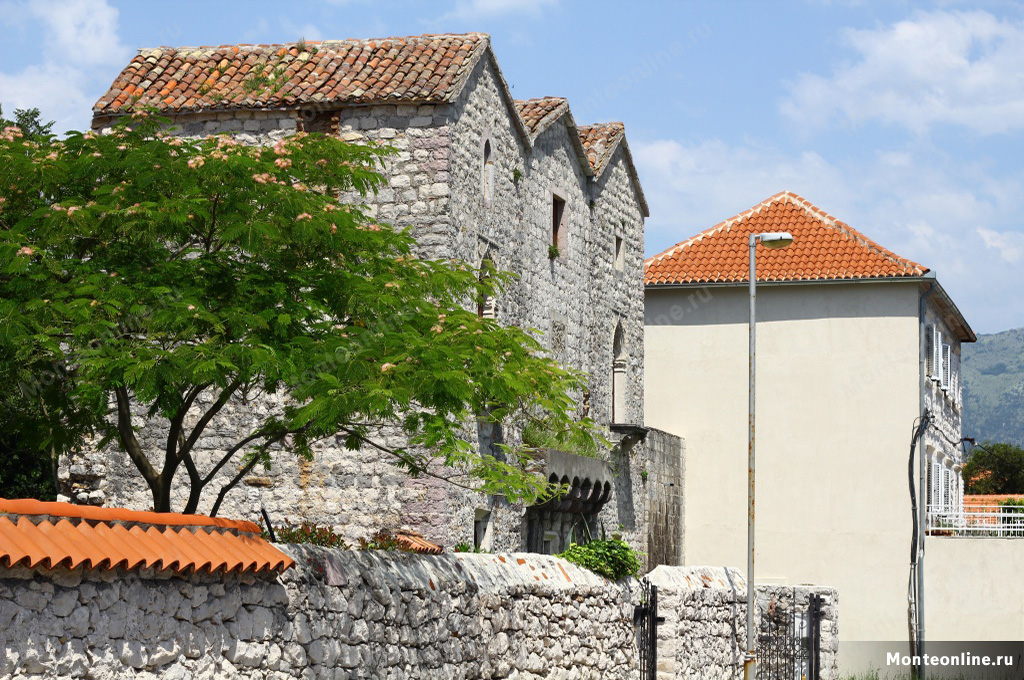
Among the architectural sights of Prcanj, several palaces of wealthy families can be distinguished, including the “House of Three Sisters” or simply “Three Sisters”, which has been well preserved to this day. A romantic story is connected with the unusual appearance of this mansion. Long ago, three sisters fell in love with the same sailor, built a house that consisted of three sections, and sat at the windows to watch the sailboats, waiting for the return of their chosen one's ship from their windows. They waited for a long time, but they did not wait. As soon as one of the sisters died, the rest blocked her window with stones, and only when the last one died, there was no one to lay the window, so this palace remained with one window.
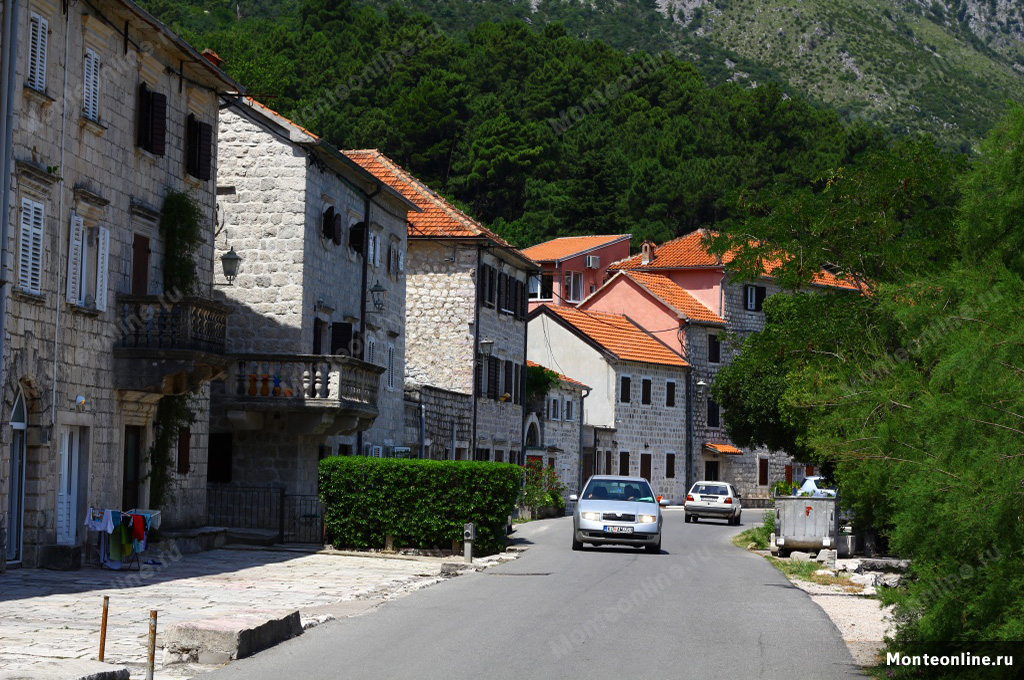
Other attractions include the following: Beskuc Palace, which stands right on the shore of the bay at its own pier; Palace of Verona - the largest baroque palace in Prcanj; the Lukovichi Palace, located on a street entirely composed of the houses of this family; the Florio Lukovici Palace with a perfectly preserved interior of the early 19th century, as well as the Church of St. Nicholas with the ruins of the Franciscan monastery of the 18th century.

At the very end of the village, where it borders on Stoliv, there is a long and well-equipped beach at Cape Marko.
